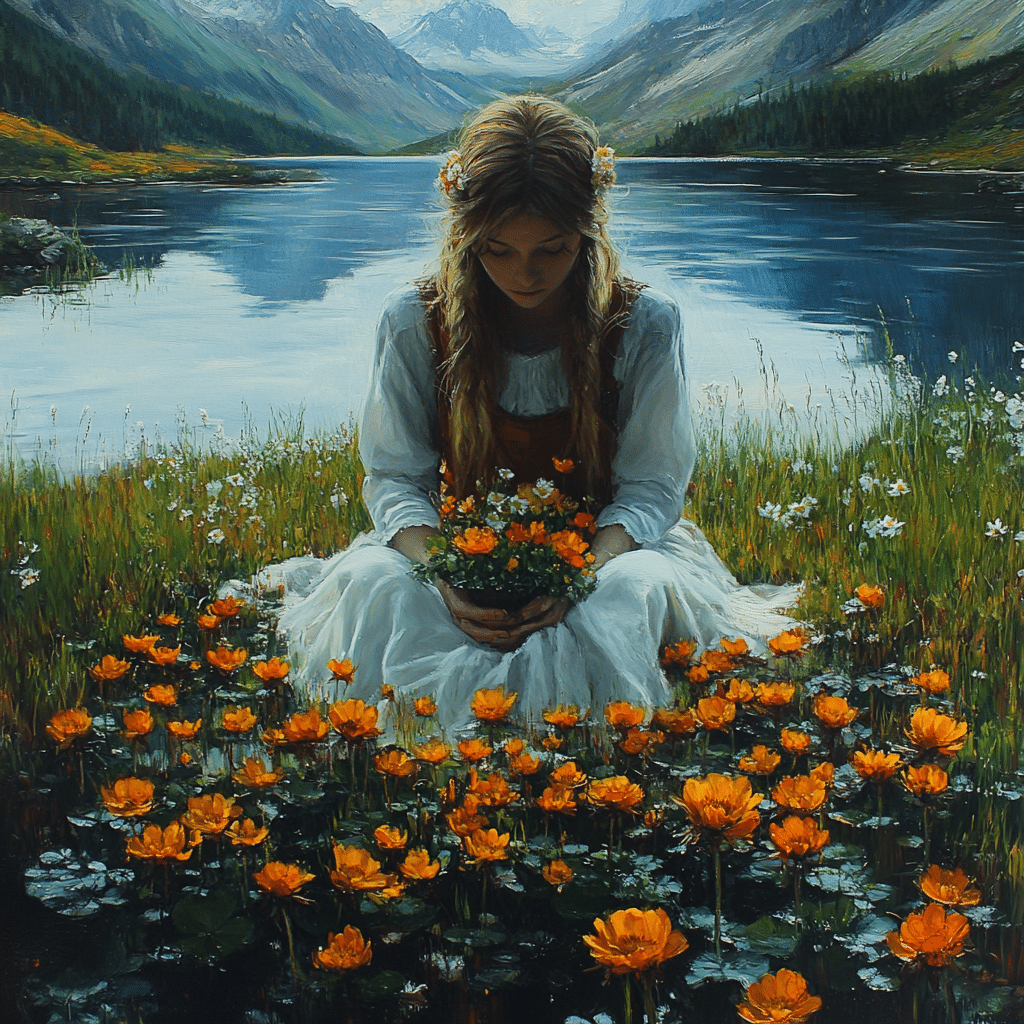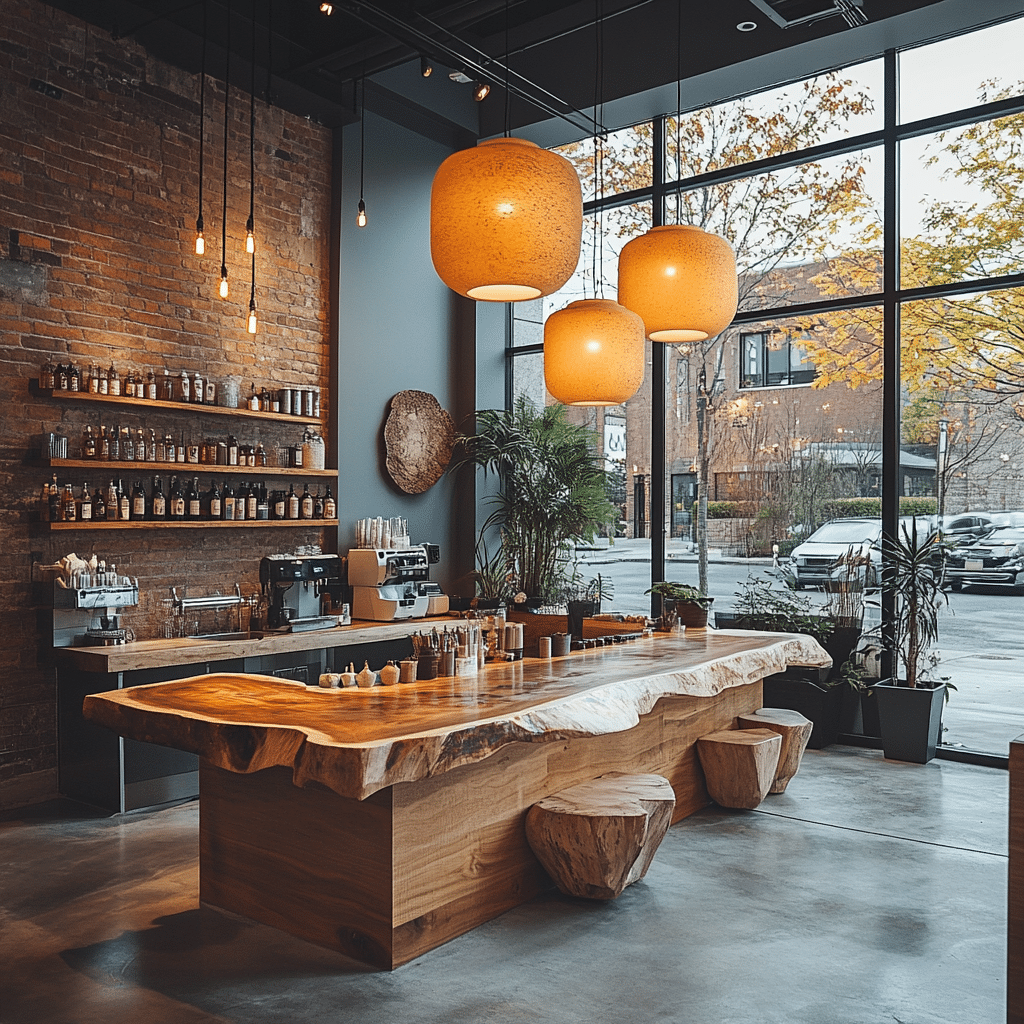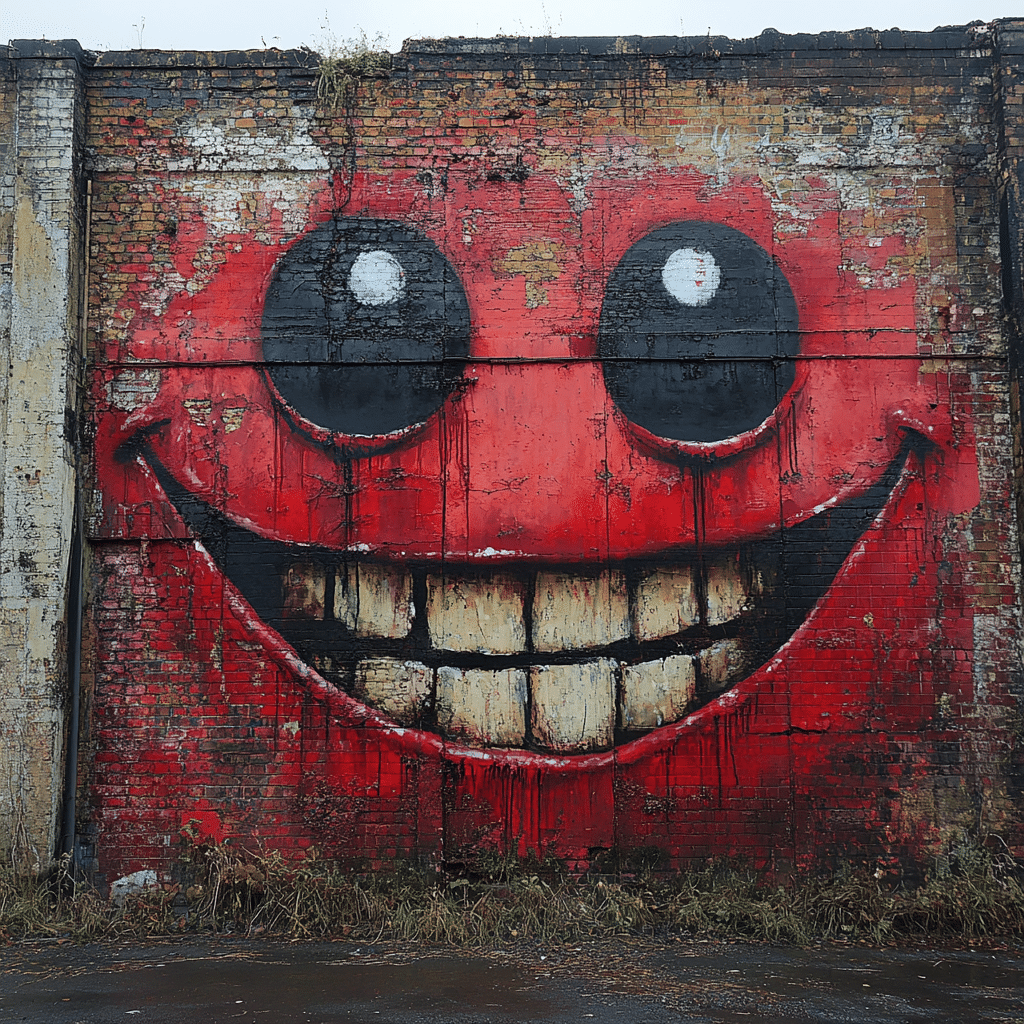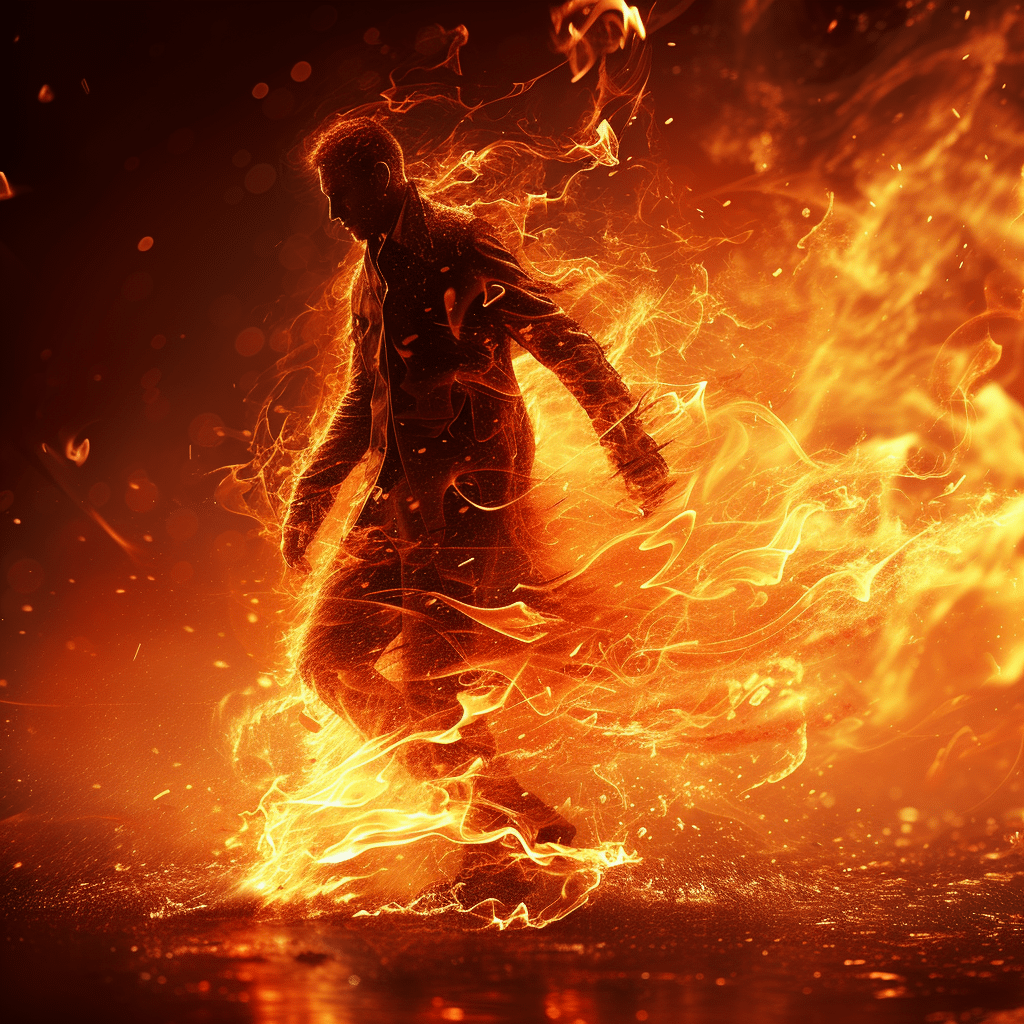When you hear “Glasgow smile,” it probably sends shivers down your spine. This term evokes images of violence and intimidation, deeply rooted in gang culture. Originating from Glasgow, Scotland, this unfortunate practice involves cutting the corners of the mouth to create a horrifying, permanent grin. As unsettling as it sounds, the Glasgow smile demonstrates the darker side of human nature and the effects of societal discord. But why does this gruesome practice still garner attention today, and what can we learn from it?
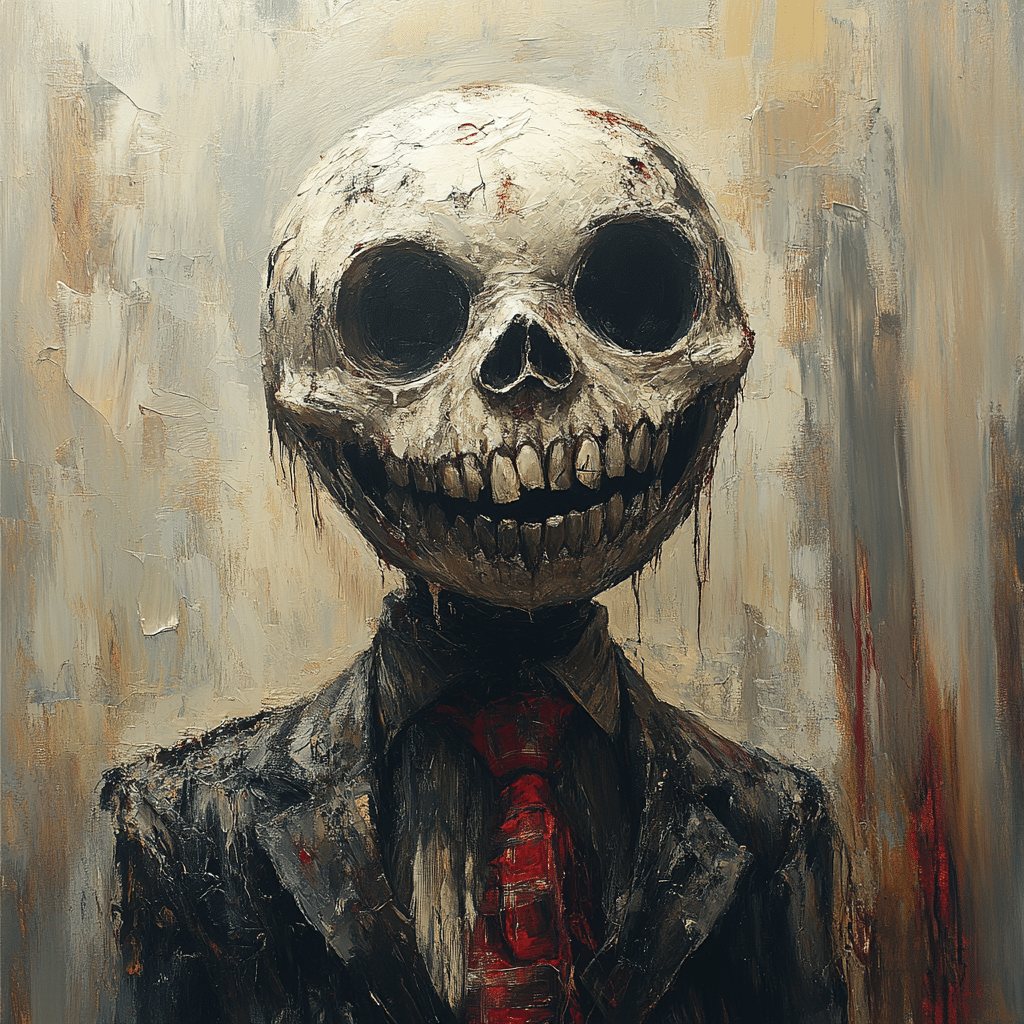
1. The Origins of the Glasgow Smile
The Glasgow smile emerged in the early 20th century, connected with a surge in organized crime across urban Scotland. Criminals would use this method as a form of psychological warfare, marking their victims in a way that marked them as troublemakers. The act was often merciless, leaving victims with both physical and emotional scars for life. The Glasgow smile symbolized a harsh reality—an unspoken rule in the criminal underworld, where violence spoke volumes.
The nickname wasn’t just about pain; it referred to the eerie humor of the act. Victims bore a “smile” that, rather than signifying joy, represented fear and a warning to potential foes. Over the decades, this act solidified its reputation as a “mark of the beast,” instilling a sense of dread in anyone who crossed paths with those who wielded it.
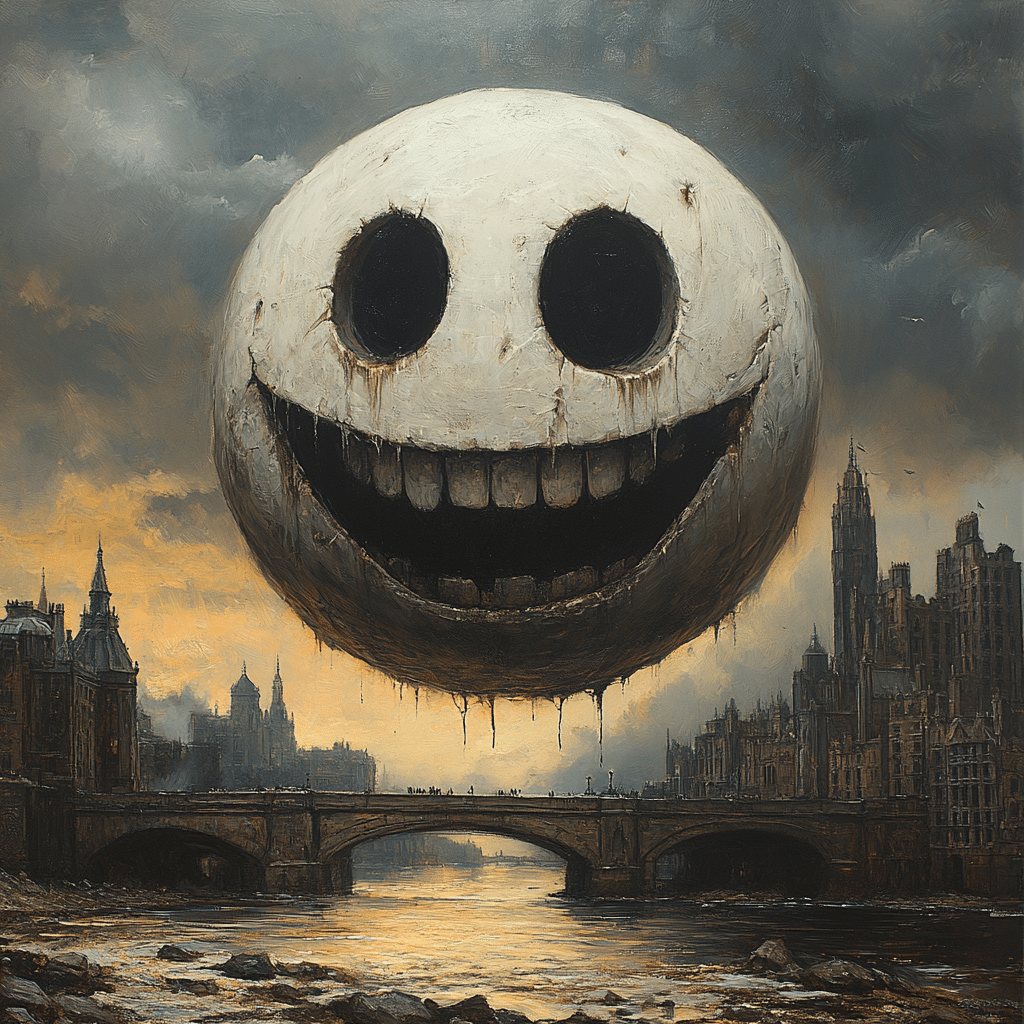
2. Notorious Incidents: Real-Life Cases of the Glasgow Smile
Real-world incidents have painted a gruesome picture of the Glasgow smile. Here are several noteworthy cases that highlight its chilling implications:
3. Societal Impact and Perception of the Glasgow Smile
The Glasgow smile’s unsettling presence in media reshapes societal attitudes toward violence. As gruesome headlines make headlines, public reactions blend fear with fascination. Research shows urban areas historically tied to violence often cycle through similar events, leading to a societal ambivalence towards brutality. The Glasgow smile, in many ways, serves to perpetuate this cycle of fear.
Reactions can often take the form of increased calls for policing and community safety initiatives. However, focusing solely on sensational stories may overshadow deeper socio-economic challenges at play. Addressing these root causes becomes crucial in promoting long-term healing in affected communities.
4. The Myth vs. Reality: Is the Glasgow Smile Romanticized?
Entertainment media has a tendency to glamorize the very elements of gang life that perpetuate violence, including the Glasgow smile. While some perceive it as a badge of toughness or rebellion, this lopsided glory fails to capture the aftermath victims endure. Engaging with former gang members and community leaders reveals a collective desire to dispel these myths.
The narratives surrounding the Glasgow smile often foster a romanticized view of gang life that neglects the ugly truths faced by survivors. Words from those who’ve broken free from this cycle often emphasize rehabilitation over valorization of violence. By sharing their stories, these individuals hope to steer the youth away from this terrifying culture.
5. Moving Forward: Breaking the Cycle of Violence
Social programs in Glasgow are actively addressing the root causes of violence, with initiatives like Community Action Against Violence (CAAV) leading the charge. Combining educational efforts, mental health support, and outreach to disengaged youth, these multifaceted approaches aim to counter the myths surrounding gang culture.
Survivors play a pivotal role in this endeavor. They courageously share their experiences to educate, warn, and ultimately inspire change among the younger generation. Through genuine storytelling, they provide cautionary tales against the allure of gang involvement, encouraging a future free from the scars left by the Glasgow smile.
Remembrance and Resilience
The Glasgow smile is more than just a term; it’s a stark reminder of the lasting impact street violence has on individuals and communities. By delving into its history, we gain a better understanding of the challenges faced by those touched by gang culture. The journey to change requires a collective approach—transforming narratives, advocating for social programs, and uplifting the resilient voices emerging from Glasgow’s darkest corners.
In this battle against such brutality, hope illuminates the path forward. The Glasgow smile starkly demonstrates the scars of our past, yes, but it also highlights the spirit of resilience that seeks to redefine the future. Together, let’s work toward a society that prioritizes healing and sheds the allure of violence. By fostering empathy and understanding, we replace fear with empowerment.
So, embrace the process! We can make strides toward a brighter, less violent tomorrow, where stories of survival replace tales of intimidation.
Glasgow Smile: Chilling Trivia and Interesting Facts
Origins of the Glasgow Smile
The term “glasgow smile” refers to a brutal facial scar caused by a violent act, often with a knife. This grim mark, sometimes called a “Chelsea grin,” is deeply rooted in Glasgow’s history, particularly linked to gang culture and brutal street fights. Interestingly enough, the term resounds with a grim irony, as Glasgow is renowned for its vibrant culture, including delightful spots like blue ginger, showcasing a culinary scene a world away from its violent past. It seems curious, doesn’t it? A city with such exquisite dining options, where dining at a gourmet restaurant can feel like stepping into another universe, is also the backdrop for such chilling stories.
The Cultural Impact
The notoriety of the Glasgow smile didn’t just keep it confined to the underbelly of society; it’s made its way into popular culture as well. The haunting imagery associated with the smile can evoke feelings similar to the suspense found in horror movies, drawing parallels with characters like Sidney Prescott. Such connections show how art, often mirroring life, can reflect the darker parts of human nature—even in films featuring light-hearted moments like those found at a summer barbecue, which can unexpectedly take a turn like a rogue roman candle. While the actual act of inflicting a Glasgow smile is nothing to joke about, the cultural interpretations keep that history alive, emphasizing the sometimes fine line between horror and humor in cinema.
Trivia Tidbits
Did you know that the term first appeared in literature around the 1980s? Since then, it’s been used in various films, TV shows, and even graphic novels, pulling fans into its lore. Interestingly, this contrasts with comforting staples of daily life, such as using coffee Filters to start your morning on a good note. And if you’re thinking about visiting Glasgow, you might want to explore its rich history beyond the smile; sites to discover can be as rich and diverse as those offering Asian taste, highlighting the city’s modern acceptance of multicultural influences. Just like a city charted by Travelmath, Glasgow contains layers upon layers of stories, giving you more than just a trip, but an adventure into the heart of cultures shaped by time—some poignant and others oddly delightful.
The glasgow smile encapsulates a gritty reality hidden beneath the city’s vibrant surface. By embracing both its dark history and cultural significance, we can appreciate how such a frightening identifier also intertwines with the tapestry of life in Glasgow.







